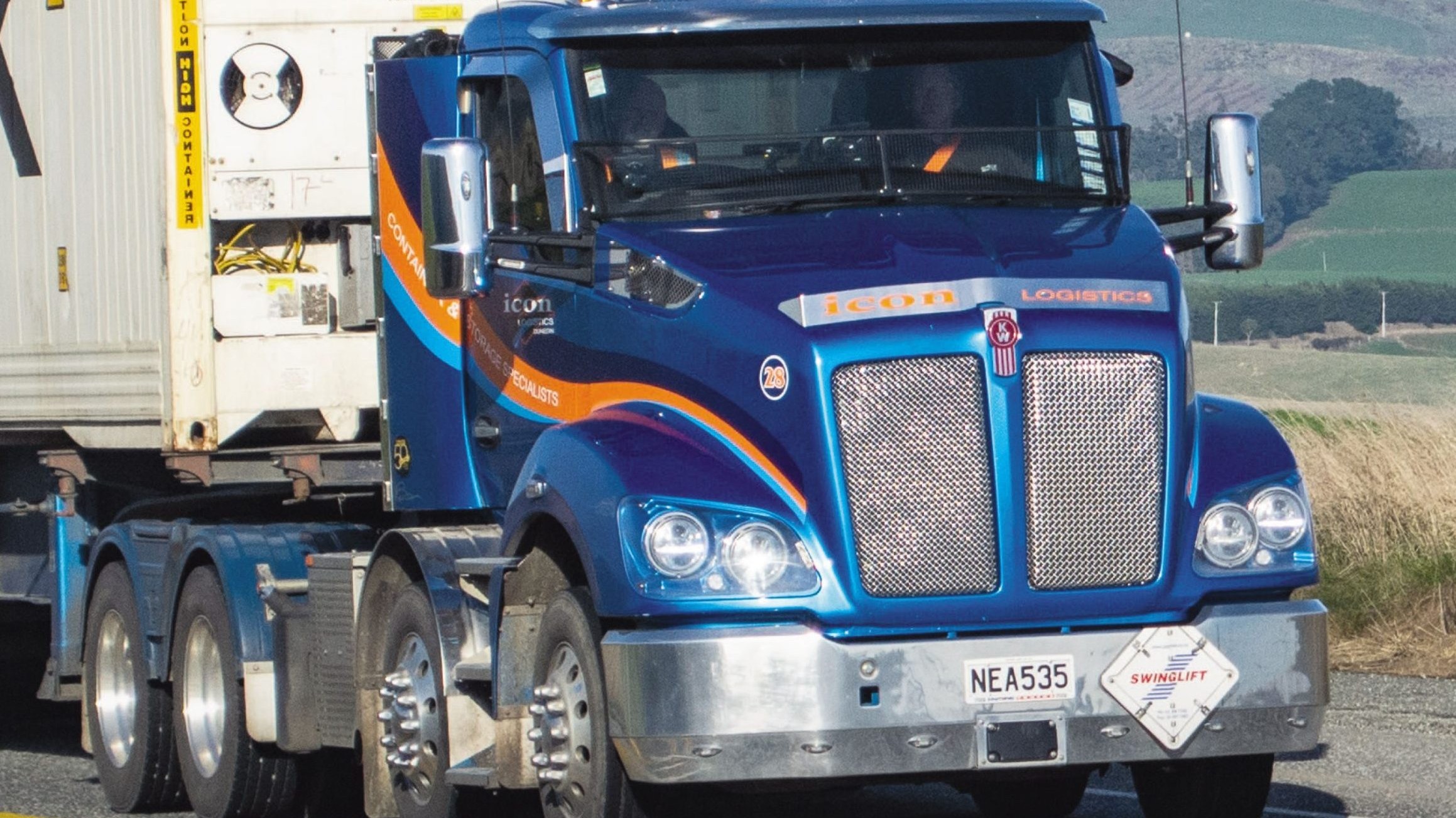In Big Letters

Just out of interest, as I write this editorial, the traffic on the Takaka Hill – SH60 – has stopped and has been for two hours. They were stopped due to a slip among the roughly 4km of sporadic remediation work currently underway because of prior slips in the last big storm. It’s a project now four and half years old, with no real end in sight. If the whole SH60 debacle weren’t a metaphor for so much that’s not working, dysfunctional, or that has lost direction in our fair nation, it would almost be funny … in a masochistic sort of way. Yes, there was a lot of remediation work to do there but it only took about four years to build the Millau Viaduct in France. I hark back to that project again, because so many government agencies and regulators love to cite European examples to fortify a decision when it suits them – even if it is often a false comparison. That makes Millau a great project for exemplifying comparative strengths. Simply put, they can build shit. We can’t.
In his many iconic publications, business author Jim Collins asks the questions: ‘who are you?’, ‘what is it you do?’ Often the answers are less clear than we might have thought, and clarity can result in a significant directional shift, even if that’s a thought/realisation thing, and not a drastic lurching of the business vessel from the viewpoint of staff or customers.
Industry representation here over the last stanza in history has been plentiful, replicated, parochial, fractious, hugely expensive, and less than successful. I say hugely expensive because I see a hell of a lot of replicated overhead for essentially the same function. That cost only comes from one place – the back pockets of a low- margin industry. Often the numbers bandied about by representatives are gross macro-economic statistics and not related to their number, or even combined number, specifically. An exercise I did in lockdown last year, attempting to clarify once and for all what the associations represented in terms of national ‘who and what’, yielded a less than spectacular, incredibly confusing result. In fact, the calls I made seeking clarification only served to muddy the picture.
One person who challenged my opinion on the current situation received the response: “The roads are poked, the fatigue laws are a joke, the average age of drivers is mid-50s, the reality of life around the Cook Strait ferries is appalling, no new road infrastructure accommodates the needs of truck drivers in any way, shape or form, the government has zero respect for us. I could go on and on, and except for one, none of these issues is yesterday’s breaking news. These are all decades old, so the system is broken.
 Millau Viaduct.
Millau Viaduct.
“The multiple-overhead, club flag model doesn’t work. Strengths within each club aren’t recognised by the others, and weaknesses form the foundation of continuance, with unsurprising results.”
I’m a great believer in the adage ‘the windscreen is for looking forward’, and that’s why it’s 20 times the size of the rear view. Back to Jim and his books. If one association, and I really don’t care which, hung an enormous board in its foyer with an image taken from the viewpoint of a driver looking out through a windscreen at a road, with the words, ‘What does their world look like today?’ it would focus their purpose immeasurably. Under the image, there should be a meter, with the left in red labelled ‘garbage’, the middle in orange labelled ‘improving’, and the right in green labelled ‘good and getting better’. Then, of course, a needle for pointing at whichever one was aplicable. Every day, the sole purpose of the organisation is to move the meter further to the right. Having that as your ‘temple of clarification’ would positively impact your members, your industry, and with enough passion, your government. In fact, I’d argue, whoever took it on would be the dominant industry representative in about half a decade.
The late Bill Richardson was renowned for regularly jumping in the cab of one of his trucks and spending a few hours with the driver. I remember him explaining to me in 1996, while on a walk through the museum, the value that one thing had in his business. And look where he ended up.
Understand your purpose at the grassroots and the rest will take care of itself.

Read more
40 fabulous years
0 Comments3 Minutes
40 not out!
0 Comments4 Minutes
The more things change…
0 Comments5 Minutes
Keeping up with the times
0 Comments4 Minutes




